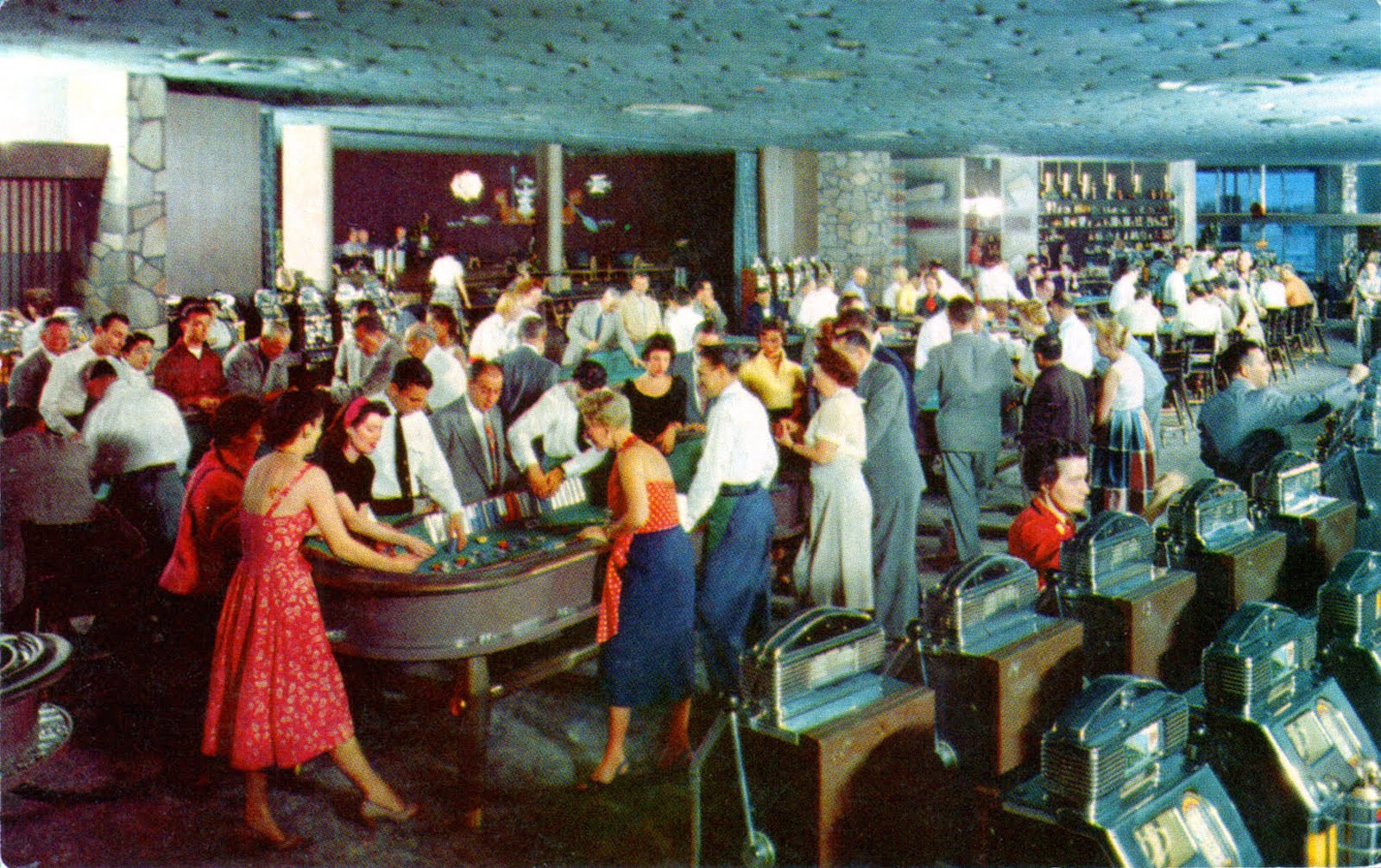Las Vegas is the least likely great American city, yet there it stands in the desert, thirsty and restless. Vegas doesn’t take without giving back, however. For the rent you bet, you get a few minutes–seconds, perhaps–of suspended animation when the fear of potentially losing too much or even everything charges through your body’s circuitry. Or perhaps it’s not fear but hope, the desire to be delivered from what you are, losing just as readily as winning able to do the job.
From P
Originally settled by Mormons as part of their trek west but abandoned in 1857, the settlement became a railroad repair stop, which almost ceased to exist in the 1920s, when the Union Pacific Railroad reacted to the town’s support of the national railroad strike of 1922 by closing its Vegas operations. The building of the Boulder – later Hoover – dam 30 miles to the southeast kept Vegas afloat. World War II brought the Nellis airforce base (including its infamous and top secret Area 51) to the north. Along with its neighbour, the Nevada Nuclear Test Site, the base helped supply a steady customer base for the embryonic modern Vegas.
The mob reinvented Vegas as “Sin City” in the 1950s and 60s. Howard Hughes overhauled the Strip in the late 1960s and 1970s, famously buying the Desert Inn for US$13m instead of leaving its penthouse suite when asked to by its owners. Hughes would remain a recluse for four years in that penthouse, accruing four more casino properties: the Frontier for US$14m, the Sands for US$14.6m, Castaways for US$3m, and the Landmark for US$17m.
Yet anyone visiting Las Vegas today would find little, if any, evidence of that history.
Build again, build bigger
New buildings and billion-dollar hotel resorts prove the past is readily disposable in Las Vegas. Old Vegas has been expunged from memory just as it has been cleared from the four-mile Las Vegas Boulevard Strip, as the city demolishes itself to build again, and build bigger.
Of the four hotels that opened in spring 1955, only one still stands: the Riviera, where much of Martin Scorsese’s Casino was filmed. On April 20 2005, it became only the fifth Las Vegas Boulevard hotel casino to reach its 50th birthday. But it closed its doors as a going concern in May 2015, and demolition is slated for spring 2016.•
Tags: Howard Hughes, Philip McGowan

